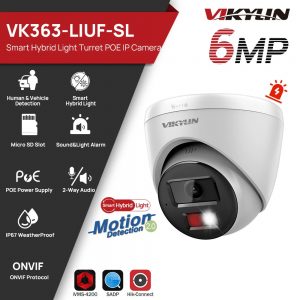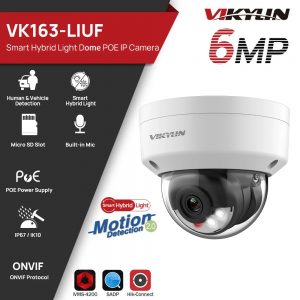With the increasing awareness of safety among people, security cameras are now installed in many places. They have become a very common presence in our lives. However, did you know? these home cameras actually come in many different types and categories, each serving its own purpose. For engineers and technical experts who works at security industry, understanding their classifications is an essential foundational knowledge.
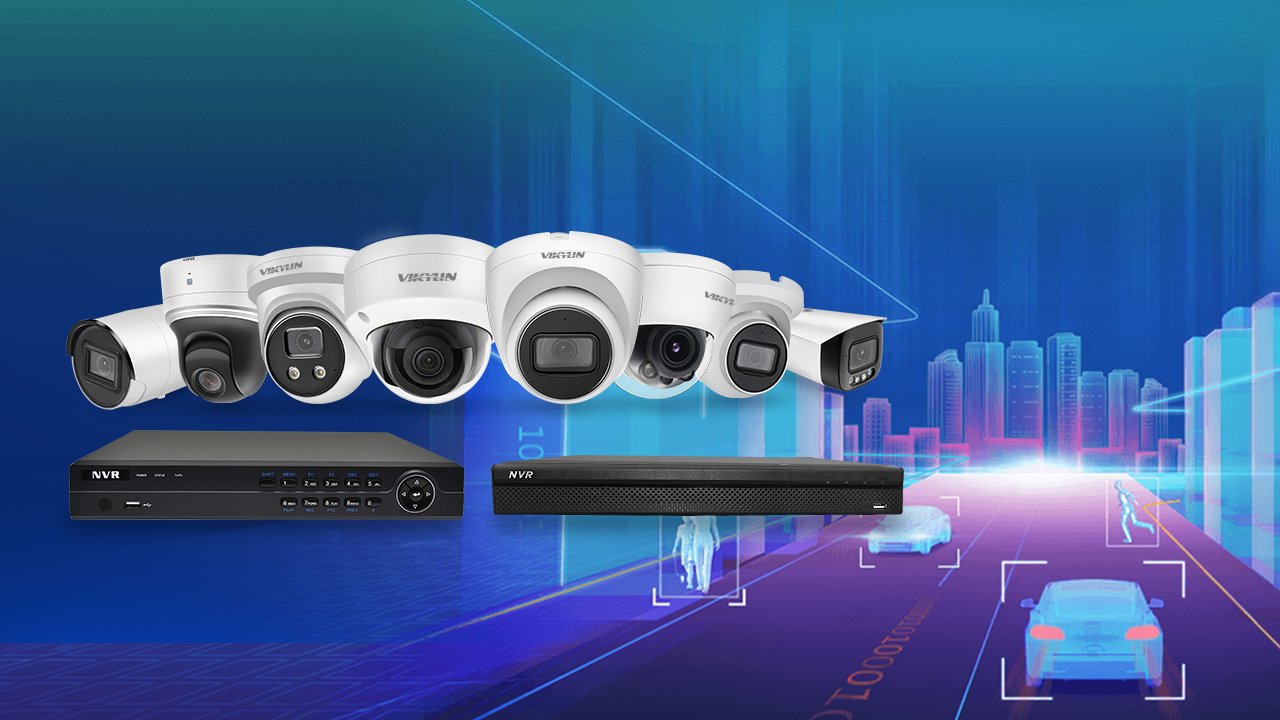
In fact they can be sorted into several distinct types, each type is designed to meet different specific surveillance needs for home or business. Let’s talk about the difference between lenses first:
- Wide angle Lens: These lenses boast a field of view that exceeds 90°, finding utility in spaces like elevator cabins, lobbies, and other locales that demand a panoramic perspective.
- Standard Lens: Sporting a field of view of approximately 30°, these lenses find their niche in hallways, perimeters of residential complexes, and areas necessitating a moderate visual range.
- Telephoto Lens: Embracing a field of view narrower than 20°, these lenses encompass focal lengths ranging from a few tens to a few hundreds of millimeters, rendering them optimal for long-range surveillance scenarios.
- Zoom Lens: Distinguished by a variable focal length, these lenses possess the prowess to seamlessly transition from wide-angle to telephoto, thereby encompassing a broader gamut of viewing angles.
- Pinhole Lens: Devised for clandestine surveillance, these diminutive lenses elude notice owing to their compact size, making them particularly arduous to detect in specific situations.
Beyond the taxonomy of lenses, home security cameras themselves exist in diverse types, based on form and function. They can be neatly categorized as follows:
What Types of Home Security Cameras Are There?
Bullet Cameras
Boasting a rectangular form, these bullet cameras feature C or CS lens interfaces at their forefront. Suited for outdoor surveillance, but they exhibit stringent requirements for waterproof and dustproof attributes.
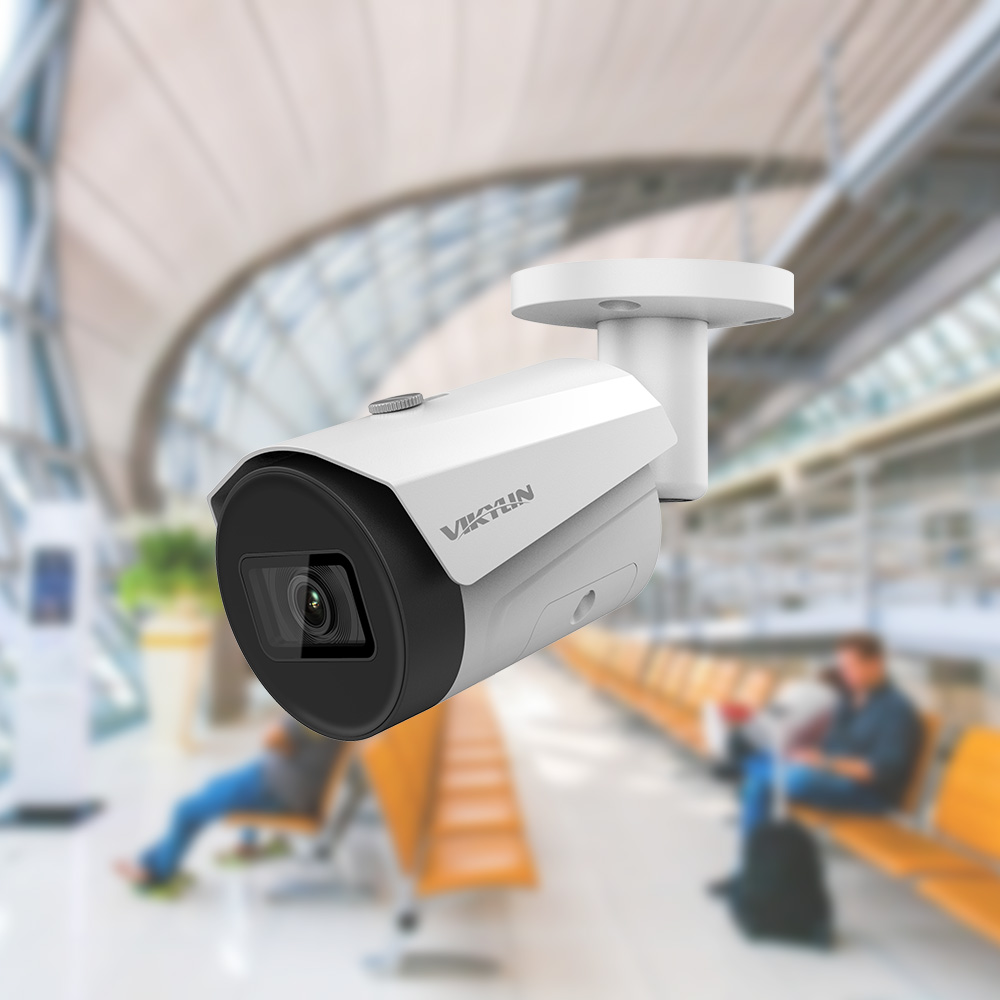
Dome Security Camera
Encased within protective spherical domes, these dome security camera incorporate both the camera and lens components. Categorized further into full dome and half dome cameras, the former permits seamless 360 degree surveillance sans blind spots, while the latter, designed for indoor use, touts both aesthetic appeal and compact dimensions.
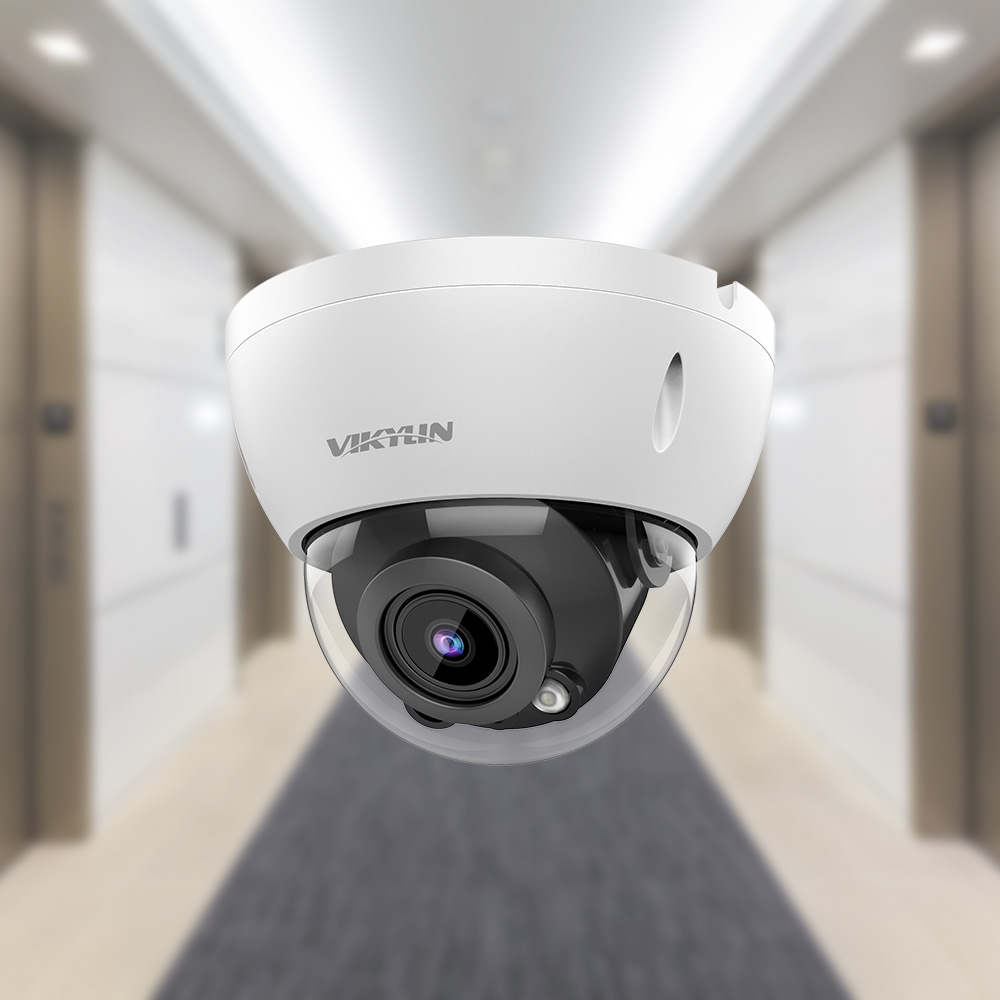
Speed Dome
Exhibiting a semi-spherical contour, these speed dome camera find their purpose in office spaces and upscale interiors. Within their compact design, they encompass cameras, lenses, protective domes, and mounting mechanisms.
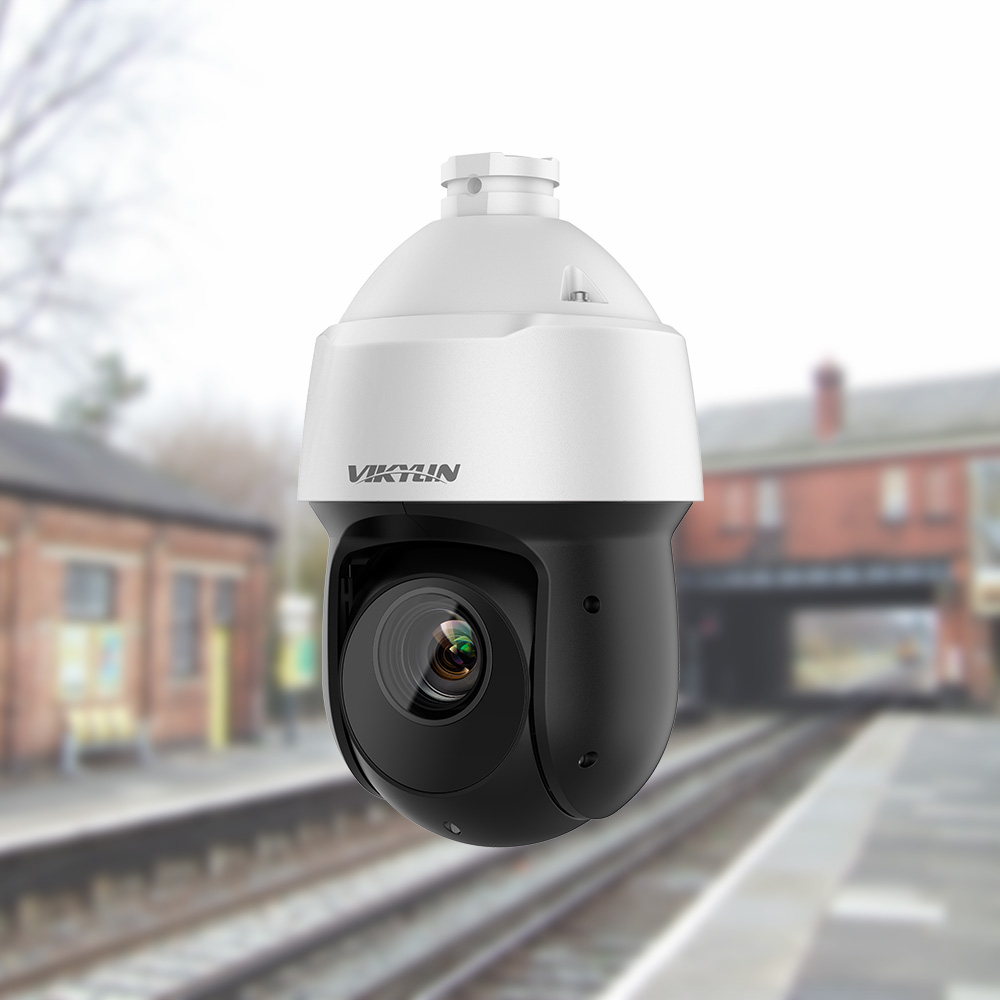
Integrated Cameras
This term embodies various interpretations, spanning from half-sphere integrated cameras to rapid dome integrated cameras, cameras amalgamated with pan-tilt-zoom capabilities, and those equipped with built-in lenses. Collectively, they denote cameras synergistically combined with other apparatuses, streamlining installation and usage intricacies.
Conclusion
Evidently, the types and diversity within surveillance cameras and lenses cater to a wide spectrum of monitoring demands across diverse settings. The task of handpicking suitable surveillance lenses and camera types, contingent upon the environment, stands as a pivotal undertaking for surveillance engineers and technical mavens. With the unceasing march of technological progress, no subscription security camera are also popping up the performance of surveillance systems is poised to advance further, promising even more intelligent and efficient monitoring encounters.

